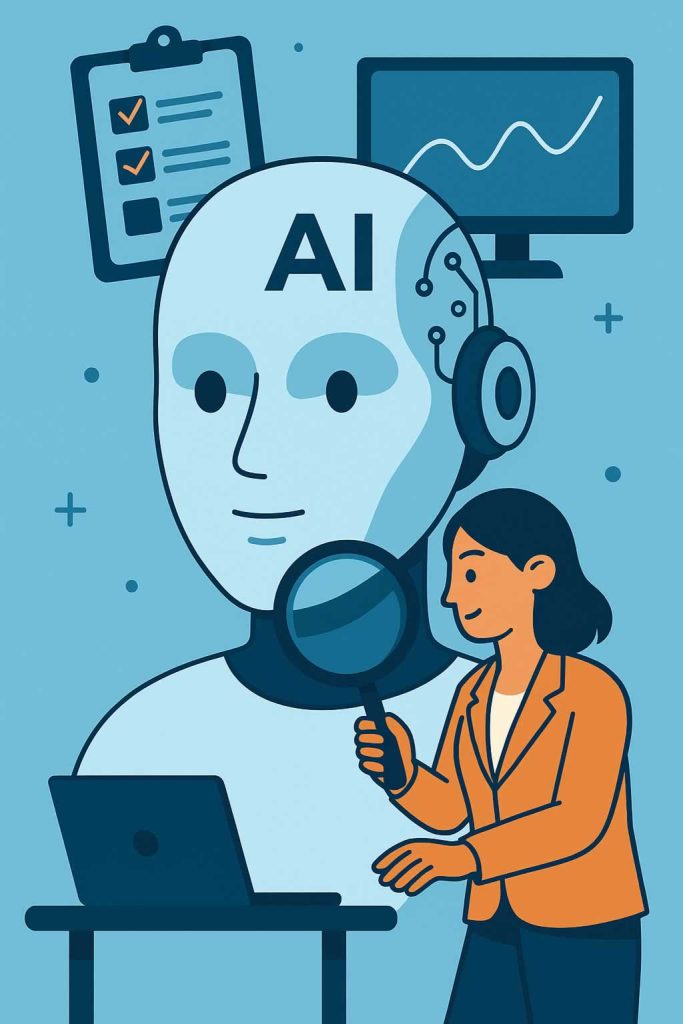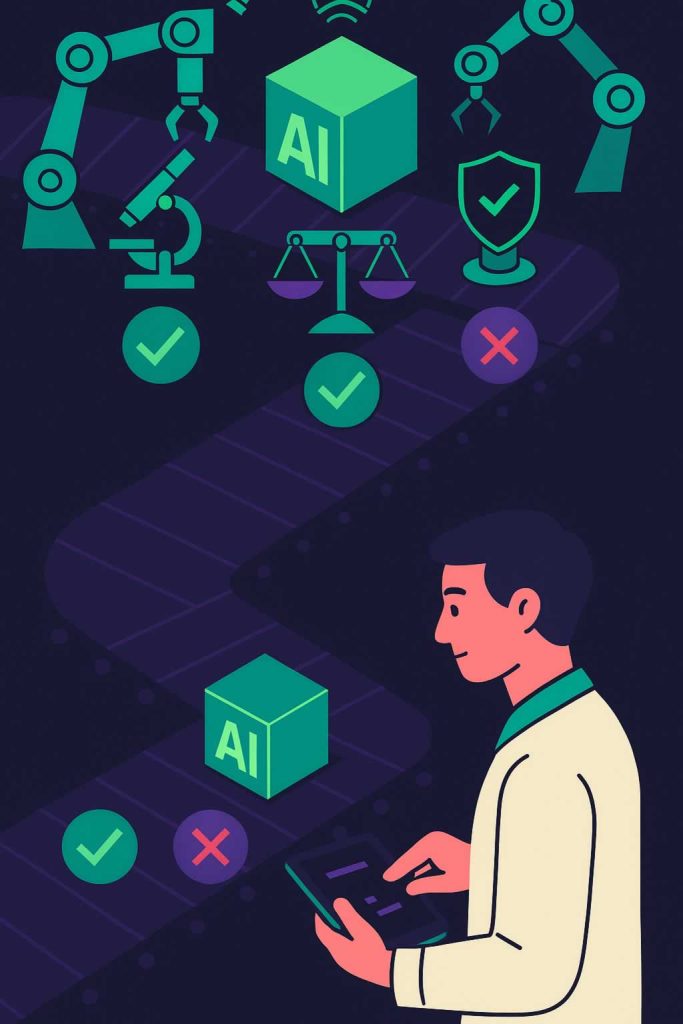

Testing and validating AI models is crucial for ensuring they work as intended and deliver reliable results in real-world scenarios. At AEHEA, we approach validation as a structured process, not just a final step. It starts early, happens continuously, and covers accuracy, fairness, explainability, and robustness. Effective validation ensures that AI is both technically sound and aligned with business and ethical expectations.
Initially, we split data into training, validation, and testing sets. The model learns from the training data, fine-tunes on validation data, and its final performance is evaluated on the testing data. This three-step approach helps ensure the model can generalize to new, unseen situations, not just memorize the training data. We measure standard performance metrics like accuracy, precision, recall, and F1-score, depending on the specific task whether it’s classification, prediction, or recommendation.
Once initial tests are complete, we validate models in more realistic environments, sometimes called pilot testing or A/B testing. This means deploying the model on a limited scale, monitoring how it performs in real-world use, and collecting user feedback. We track how often the model makes errors, where it struggles, and how users respond. This helps identify issues like bias, unexpected behavior, or poor user experience that might not show up in controlled datasets.
At AEHEA, continuous validation is key. Even after a model is fully deployed, we set up monitoring and logging to detect shifts in performance or accuracy over time. Data changes, user behavior evolves, and models can degrade. Regular validation checks ensure your AI continues delivering accurate and valuable results long after initial launch. Testing and validation, when done rigorously, build trust in AI by making sure it consistently meets your expectations.
